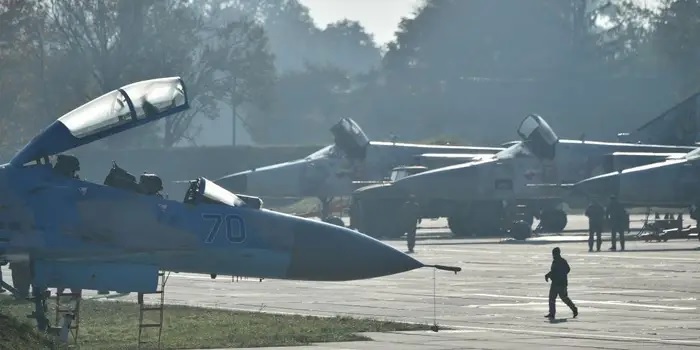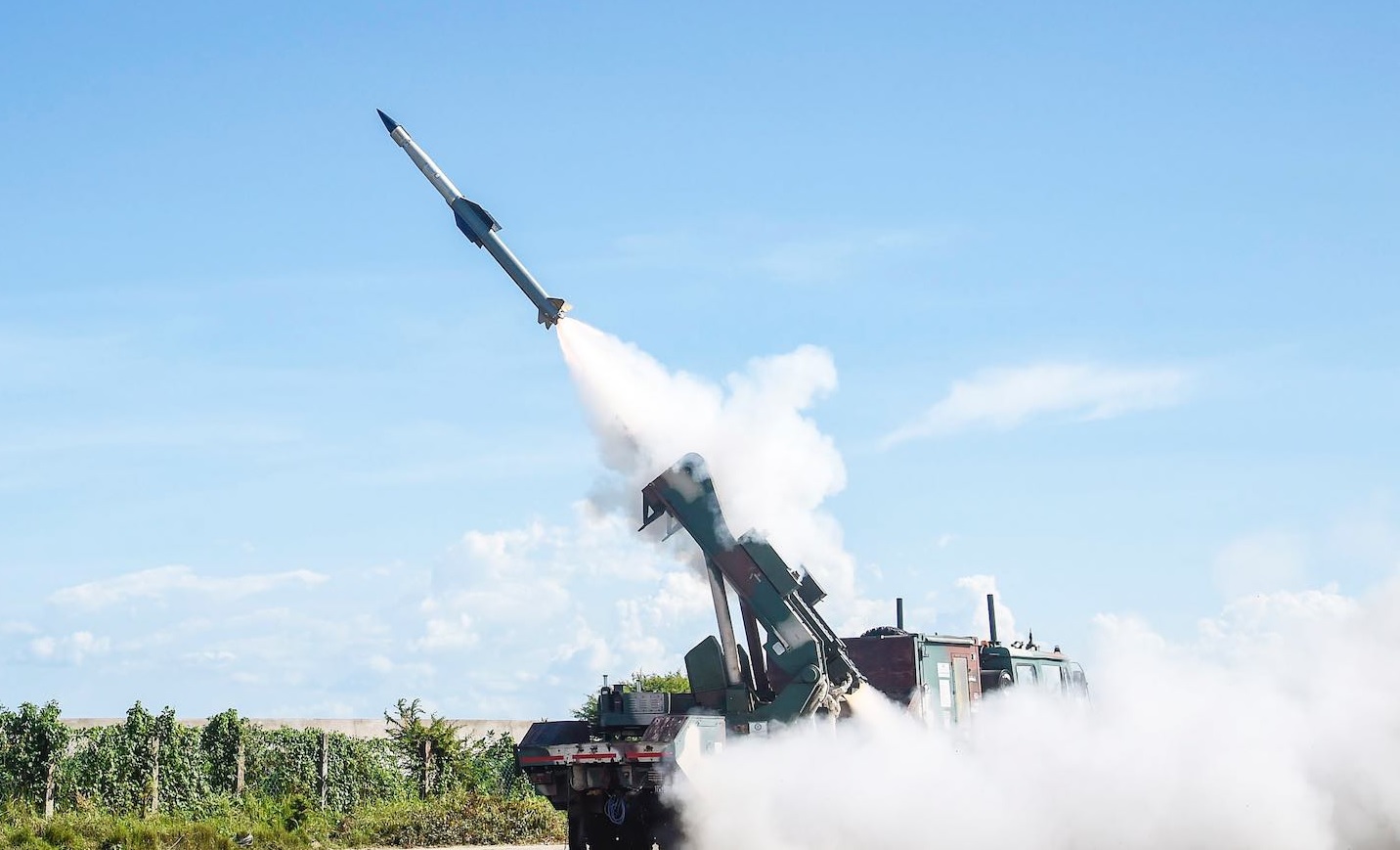Ukrainian Air Base Under Fire: Russia Intensifies Strikes Ahead of F-16 Arrivals

Explosions reverberated across the pre-dawn sky as Ukrainian air defenses fended off a Russian attack on Starokostiantyniv, a small city in western Ukraine. Home to an important air base, Starokostiantyniv has frequently been targeted by Moscow’s strikes. Hours after the assault, the tidy streets had returned to a semblance of normality, but the June 27 attack was a stark reminder of the challenges Kyiv faces as it rebuilds its depleted air force and prepares to deploy the first U.S.-designed F-16s. These aircraft, expected to arrive this month, represent a critical boost for Ukrainian forces struggling to repel a Russian onslaught along the front line.
The exact location where the F-16s will be based remains undisclosed, but Moscow claimed after the strike on Starokostiantyniv that it had targeted airfields believed to house them. Since the onset of Russia’s invasion in February 2022, this air base has been under frequent attack, including from drones and hypersonic missiles. Despite the constant danger, the residents of this historic military outpost, nicknamed Starkon, have learned to adapt.
"In short, it's 'fun' to live here," said city official and local culture expert Vasyl Muliar with a wry smile, following the recent attack. A Ukrainian air force spokesman acknowledged the strikes presented "certain difficulties," but maintained they would not undermine the delivery or use of the F-16s in battle.
Military analysts suggest that the Russians are likely targeting infrastructure such as runways and storage facilities to hinder the deployment of the F-16s. Justin Bronk of the Royal United Services Institute noted that the Ukrainian military, low on air-defense ammunition, would probably need to move the planes around airfields to keep them safe. "Any ground-based air defense coverage can be saturated if the Russians care enough to fire enough missiles at one target," he explained.
Following the attack last Thursday, Governor Serhiy Tyurin reported that air defenses had destroyed nine targets over the region. The air force had previously warned residents that drones were headed towards Starokostiantyniv. Locals, cautious not to reveal sensitive military information, described the constant threat of strikes and the frequent roar of Ukrainian warplanes overhead.
Iryna Sapchuk, editor-in-chief of the local newspaper Our City, recounted how her parents' home had been hit in a previous raid, damaging the roof and shed. "They found debris from a missile in a cherry tree by the window," she said. Despite the dangers and the frequent power outages caused by Russian attacks on the energy system, the people of Starokostiantyniv project a sense of resilience. Road works continue as jets streak overhead, while families and groups of teenagers cool off at the local beach.
Sapchuk noted that when she travels around Ukraine, she finds it hard to cope without the noise of airplanes. "It's too quiet for me," she joked, adding that the sound had become a comforting sign that Ukraine's outnumbered pilots were putting up a fight. Muliar pointed to the city’s history as a 16th-century bastion of defense and a key nerve center for independence fighters after World War One. "This was always a center of resistance," he affirmed.
As Ukraine braces for the arrival of the F-16s, the ongoing attacks on Starokostiantyniv highlight the challenges and dangers faced by a nation at war, determined to defend its skies and rebuild its air force amidst relentless aggression.


